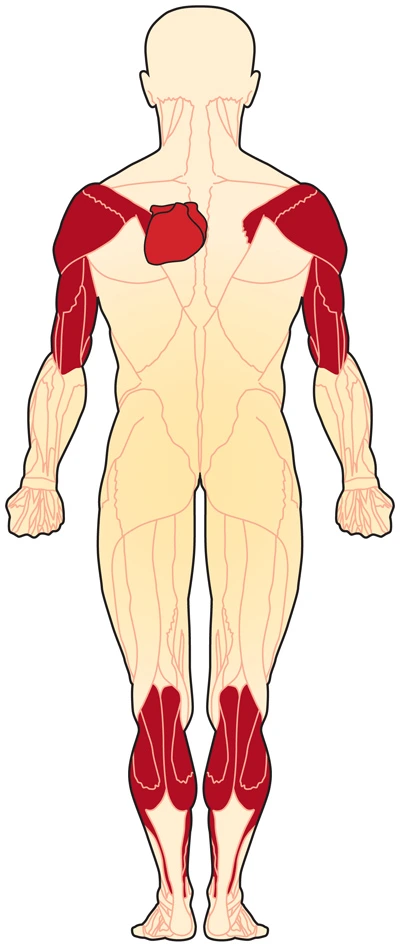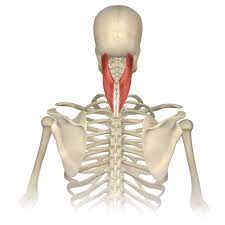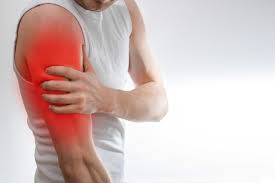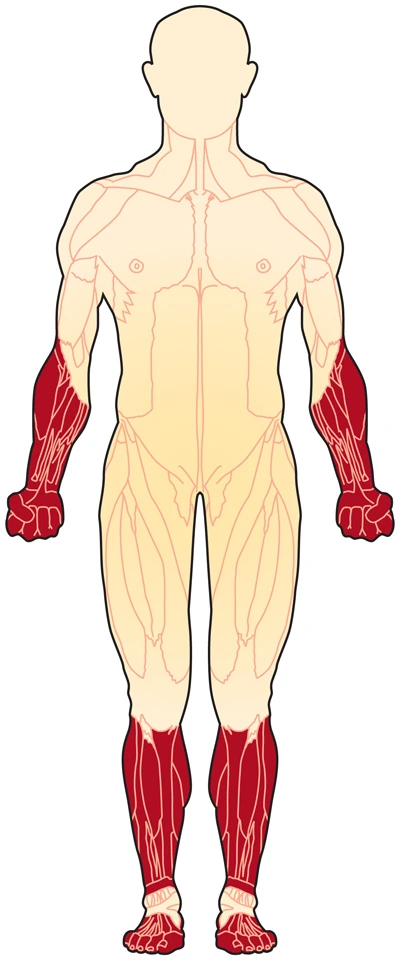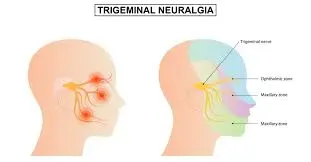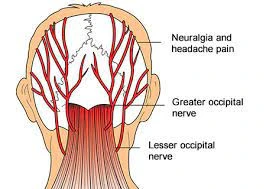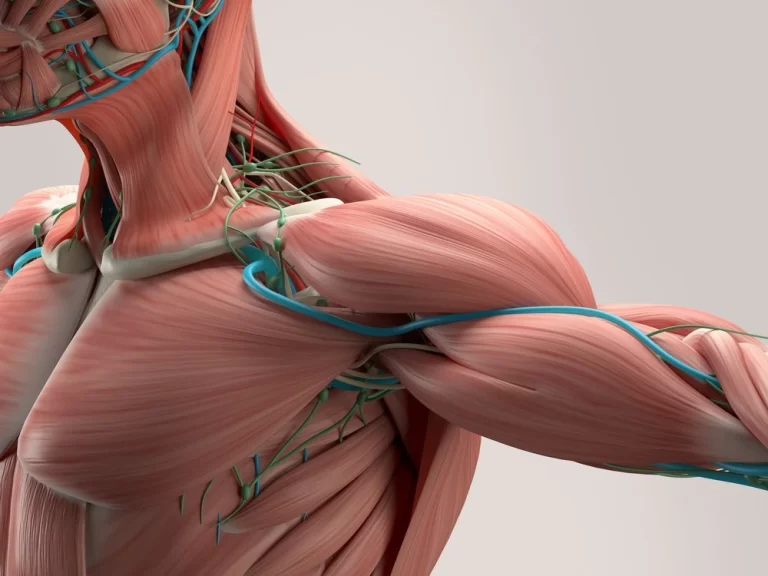Emery-Dreifuss Muscular Dystrophy (EDMD)
What is Emery-Dreifuss Muscular Dystrophy? Emery-Dreifuss muscular dystrophy may be a condition that primarily affects muscles used for movement (skeletal muscles) and also the heart (cardiac muscle). Among the earliest features of this disease are joint abnormalities called contractures. Contractures restrain the movement of certain joints, most frequently the elbows, ankles, and neck, and frequently…

